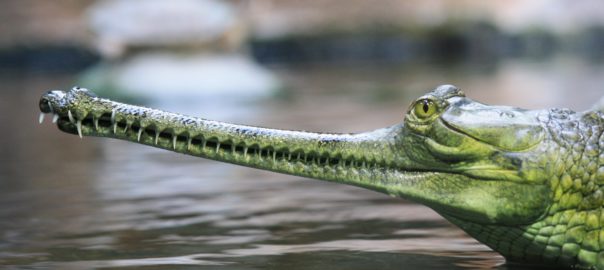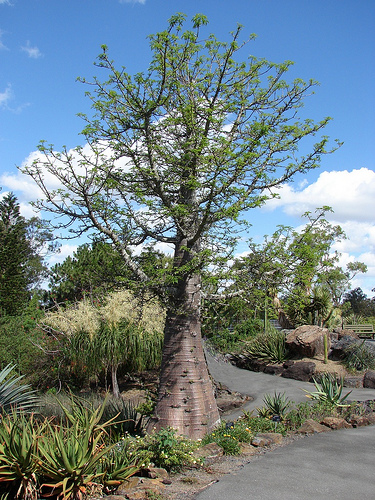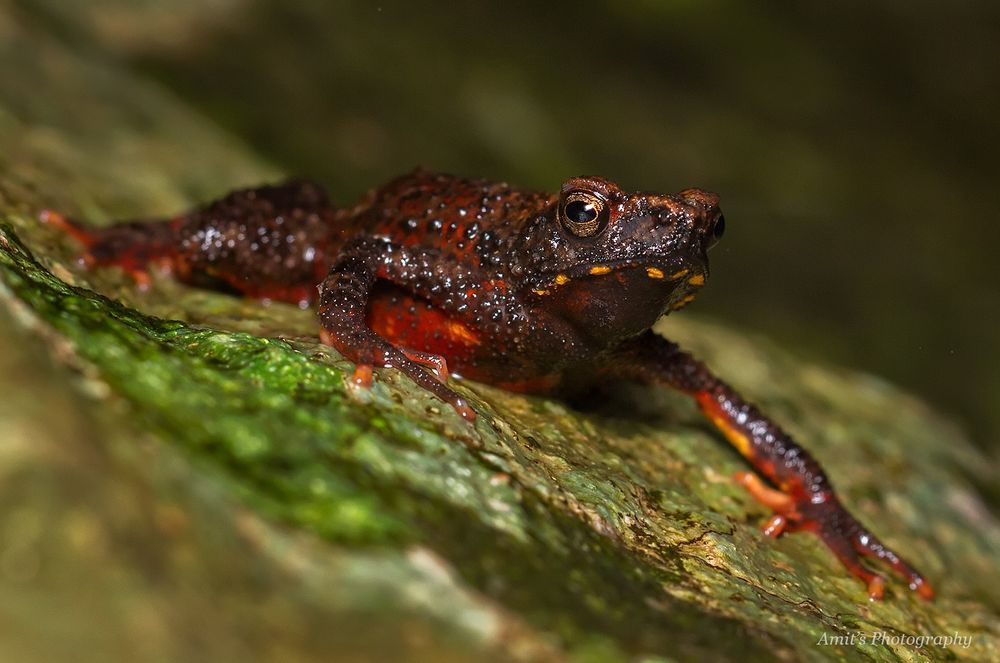Can you introduce yourself?
Hello, my name is Gharial. I live in India and Nepal and have become a very rare animal in this world.
What are some of the other names given to you?
1. Gavial
2. Fish Eating Crocodile
3. Gavialis gangeticus (In scientific terms)
…but I think the name Gharial suits me quite well.
What does it mean – the word ‘gharial’?
Observe my snout carefully and you will find a bulbous pot-like thing on top of it. Mind you, it’s something you will only see on male gharial snouts. In Hindi a pot is called a ghara so I believe I have been lovingly given this name as my snout-pot reminds of the earthenware.
Are you a crocodile? You look so similar…
Yes, humans easily get confused between the two of us. Crocodiles, alligators and caimans are close cousins, and we belong to the same group Crocodilian but I am a completely different species from the crocodiles. I am quite proud to say that I am one of the largest member of the crocodilian group and that’s mostly thanks to my long and very narrow snout.

Can you catch anything with such a narrow snout? What do you eat?
My snout is perfect for catching fish – my favourite food! The trick is to keep it moving underwater and grab any passing fish with my razor sharp teeth. Because the snout is so narrow, there is the least of resistance from the moving water current and I can swoosh the snout with ease. As I said, a perfect meal catching device.
Read More: From Gharials To Dolphins, Yamuna River Lifeline For Many Endangered Species
Where do you live?
In India and Nepal. In the rivers of the National Chambal Sanctuary, Katarniaghat Wildlife Sanctuary, and Son River Sanctuary and in Mahanadi in Odisha in India.
Just these two countries?
During the good old days my ancestors were spread in the entire Indian subcontinent. In the rivers of Pakistan, Myanmar, Bhutan, Bangladesh, you just had to look and you could find my family basking in the sun in hundreds. My scientist friends of yore recount how widespread we were. In 1885 Hornaday wrote that he could count 64 gharials in two hours on the banks of the Jamuna. Andrew Leith Adams in 1867 wrote: “abounds in all the great rivers of Northern India…Ten or twenty may be frequently seen together”.
Alas, those days are gone and now I only live in 2% of my former range with just a handful of my family members in different fragmented locations.
Is this the reason why you are listed as Critically Endangered in the IUCN Red List of Threatened Species?
Yes, it is the drastic decline in the population in the last 60 years which makes me critically endangered today. It’s catastrophic.
Read More: Critically Endangered Gharial Tagged In Hope Of Saving The Species
What happened?
There is no one reason.
Earlier it was over hunting for skins and trophies. Egg collection. Killing for medicine.
Now, direct hunting has almost ceased but how can we survive if there is no place to live? Dams, barrages, irrigation canals, siltation, changes in river course, artificial embankments, sand-mining, riparian agriculture, and domestic and feral livestock have limited our habitat. We have lost our homes forever in 98 % of our range.
Has something been done to help recover your population?
In the 1970s when I was close to extinction, massive efforts were done to save me. Captive breeding programmes and re-introduction programme seemed to be working but the wild population is still declining.
Isn’t there something more that can be done?
Focus on my home. It is the habitat that needs saving more than my species. Captive breeding programmes are only releasing more young gharials into the wild, but once out there, we don’t have a healthy habitat to live or hunt fish. If fishing by humans is restricted, and our home guarded from human use, we might be able to recover on our own.
Won’t you just love the sight of hundreds basking again along riversides?
Read More: Farmers, Forest Guards And WWF Unite To Save The Gharials
Thanks to IUCN, Arkive and GharialConservationAlliance for helping with this interview with the Gharial.
Images via wikimedia commons, 2







This is such a novel way of profiling the gharial! Just loved the information loaded ‘interview’ with hints to save the species from extinction. This one needs to be shared!
Thank you, thank you, thank you. Will convey your message to the kind Gharial too who accepted to be interviewed.
Will convey your message to the kind Gharial too who accepted to be interviewed. 